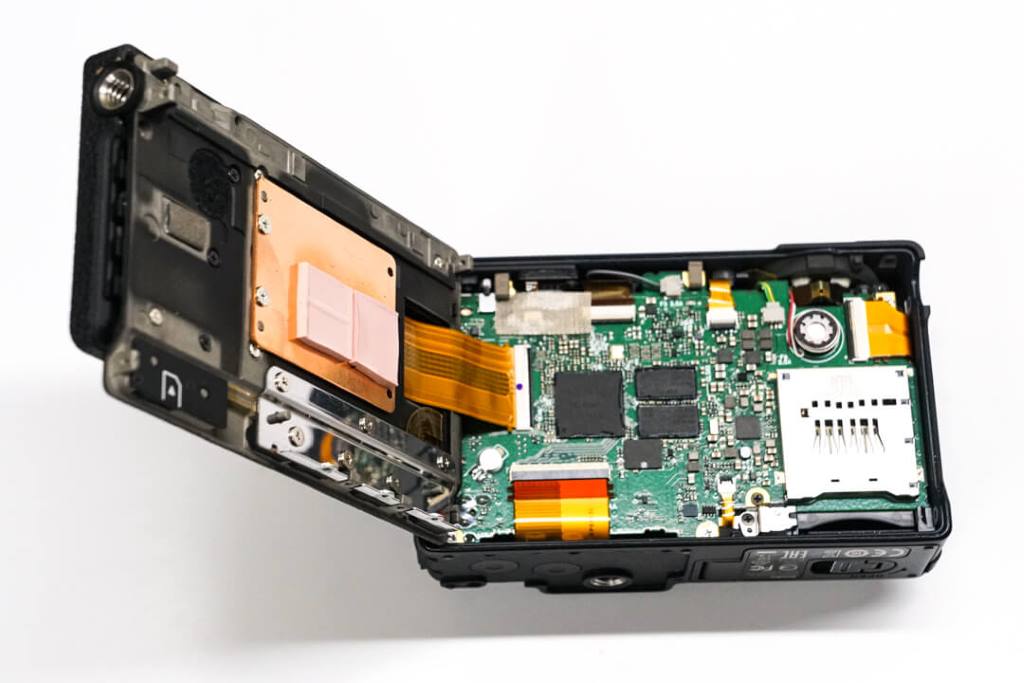Since making is debut in July of 2019, the Sigma fp has gained notoriety as a very capable camera among its mixed reviews.The decidedly lowercase ‘fp’ is Sigma’s first full-frame sensor. The fp was released the same year that all other major camera manufacturers that aren’t Sony were releasing their first or second full-frame mirrorless cameras, and in typical Sigma fashion, the fp stood out from the crowd. Its certainly doing its part now to popularize the sensor-in-box style form factor that makes so much sensor for video shooters. This design also makes it a great candidate for conversion to Infrared! Sigma cameras have always been on our radar, and not just for the sake of comradery among niche markets, but because Sigma has designed cameras with multispectral use in mind before! The most notable example of this is the removeable IR cut filter found on their foveon SD models that allows them to be shot in IR or full-spectrum without a modification. So, we were naturally very curious about fp’s compatibility with infrared and full-spectrum shooting. The fp does in fact recquire a modification to make it possible, but that’s what we do at Kolari.
It’s very boxy, yet very sturdy and well constructed. There are also many subtle features that make this camera feel very interesting in the hands, though it is designed to primarily be in a cage or mounted on to some sort of apparatus. Regardless of your ergonomic preferences, it is obviously high quality. And, as an added bonus, disassembly is straight forward.
Removing all of the outer screws is fairly simple, though are some are hiding. Here’s one under the HDMI port cover.
A few more can be found hiding underneath the rubber on the opposite side. Note the extra tripod screw for mounting the camera in the vertical position.

Loosing a few screws and cables releases the main board. As far as $2000 full frame cameras go, this one is very simple inside. Most notably there is no viewfinder and no mechanical shutter! It’s interesting to see how much simpler a camera can get when major components like these are removed from the equation. Stills shooters truly are the hardest to please from an engineer’s perspective.
With the board extracted, we can see the sensor assembly and another significant missing component for a 2019-2020 mirrorless camera, no IBIS. The fp does make use of electronic stabilization for video as well as stabilized lenses, but there is no bulky sensor-shift stabilizer like you’d find int the A7 and Z series in this camera. The sensor itself rests on shims for its factory alignment. We can also observe another pair of thermal pads to the right.
Once the sensor is out, you can see clean through to the other side since there is no mechanical shutter!





